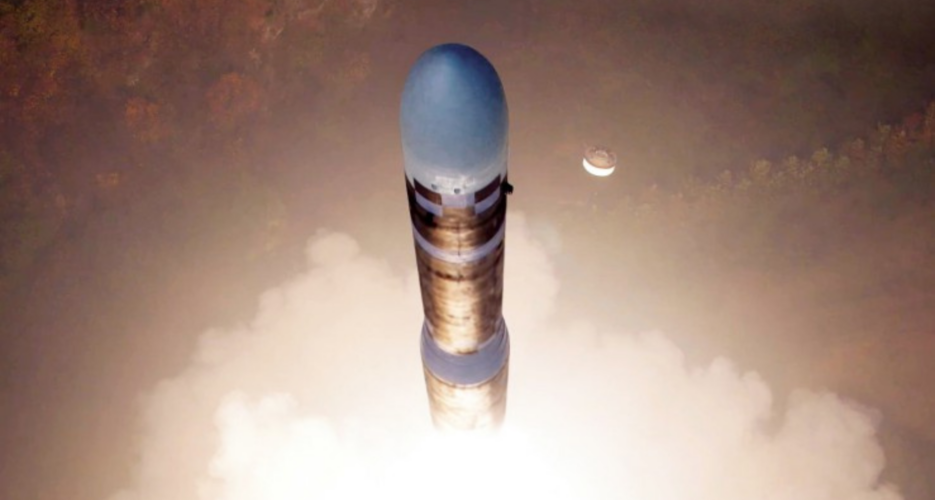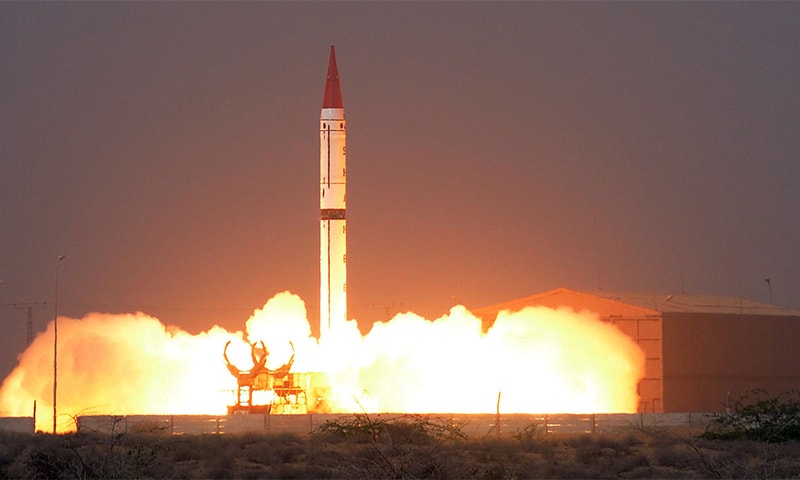North Korea may be moving toward serial production of its intercontinental ballistic missiles (ICBMs) capable of reaching the United States, a top Pentagon official has warned.
Air Force General Gregory Guillot, commander of US Northern Command (USNORTHCOM), told the Senate Armed Services Committee on February 13 that Kim Jong-un’s regime can likely deliver a nuclear payload to targets North America.
He also warned that North Korea’s latest missile’s solid-propellant design means that they can launch an attack in much less time.
Guillot pointed to North Korea’s October test launch of the Hwasong-19 ICBM, a solid-fuel missile that can be deployed and prepared for launch much faster than liquid-fueled variants.
He warned that rhetoric from Pyongyang suggests Kim is eager to transition from research and development to full-scale production and deployment of strategic weapons.

Guillot added that this shift could significantly expand North Korea’s missile inventory. He also voiced deep concern over North Korea’s expanding military ties with Russia during the Ukraine war, emphasizing the global interconnection of these threats.
“North Korea’s willingness to risk its own troops in support of Russia’s war in Ukraine demonstrates the lengths to which these partners are willing to go to advance their strategic positions,” he added.
Meanwhile, the extent of North Korea’s operational capabilities remains a subject of debate within the US military. In November, Admiral Samuel Paparo, head of US Indo-Pacific Command, said at a Brookings Institution event that while North Korea has continued testing, there is no definitive proof that it has successfully paired a nuclear warhead with an ICBM capable of surviving launch, flight, and atmospheric reentry.
Following the Hwasong-19’s debut, Kim Jong-un described it as the primary weapon for defending North Korea and deterring potential adversaries.
Pyongyang’s state media has also framed the missile’s development as a necessary response to perceived US and South Korean threats. With the potential for an expanded arsenal of fast-launch ICBMs, North Korea could present an even greater challenge to US national security in the years ahead.
Missile Threat Puts US Defenses To The Test
North Korea’s intercontinental ballistic missile (ICBM) program, which has been in development for decades, has made significant strides in recent years.
As a result, General Gregory Guillot has repeatedly sounded the alarm over Pyongyang’s expanding missile capabilities, warning that they could soon test the limits of US defenses.
Last year, Guillot expressed worries that Kim Jong-un’s growing stockpile of ICBMs could push the US missile defense system to its capacity.
He cautioned that this challenge could intensify if North Korea moves to equip its missiles with multiple reentry vehicles (MRVs), a development that would improve their ability to evade interception.
During his latest testimony before the Senate Armed Services Committee on February 13, Guillot also issued a broader warning about the geopolitical landscape. He stated that major US adversaries could inadvertently heighten global tensions as they seek to expand their influence.
He noted that while China, Russia, North Korea, and Iran aim to avoid direct military conflict with the US, their perception of Western decline has emboldened them to challenge American dominance, thereby increasing the risk of miscalculation in a crisis.
Beyond these established rivals, Washington is also keeping a close watch on Pakistan, which is believed to be working toward acquiring missile capabilities that could threaten US territory.
The US has already imposed sanctions on several Pakistani entities, including the state-owned National Development Complex (NDC), for their involvement in developing long-range missile systems, such as the Shaheen series.

Meanwhile, Guillot’s remarks are expected to bolster arguments in favor of expanding US missile defense programs. His concerns align with President Donald Trump’s push for a comprehensive missile shield, often compared to Israel’s “Iron Dome.”
Last month, Trump issued an executive order directing the acceleration of new missile detection and interception systems, including preemptive strike capabilities. The Pentagon is currently working on refining these plans as part of the 2026 defense budget.
Currently, the United States maintains a network of over 40 ground-based interceptors stationed at Fort Greely in Alaska and Vandenberg Space Force Base in California.
However, as rival nations continue to advance their missile capabilities at a rapid pace, US defense officials are stressing the importance of strengthening and expanding the nation’s missile defense systems to ensure a more comprehensive protective shield.
- Contact the author at ashishmichel(at)gmail.com
- Follow EurAsian Times on Google News




